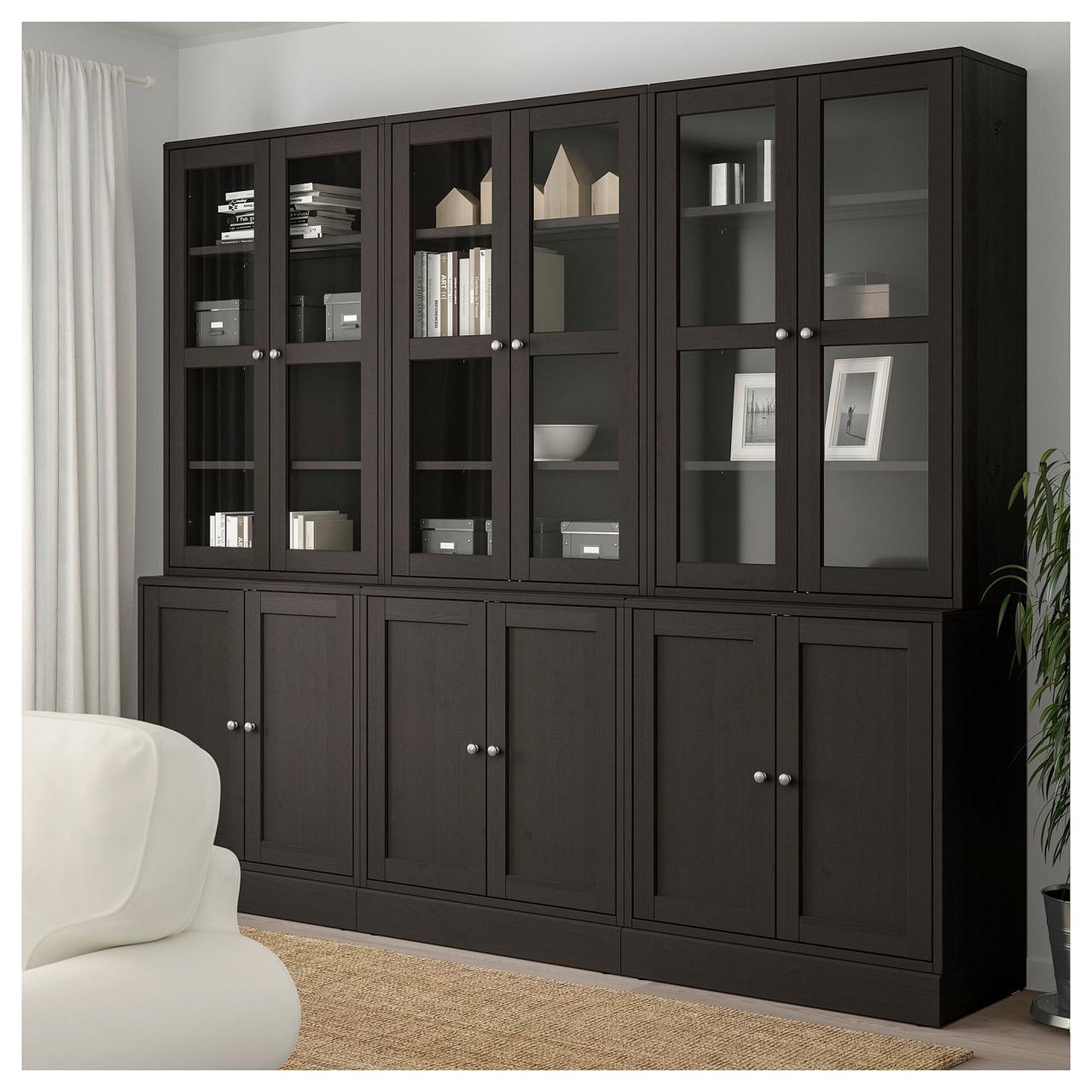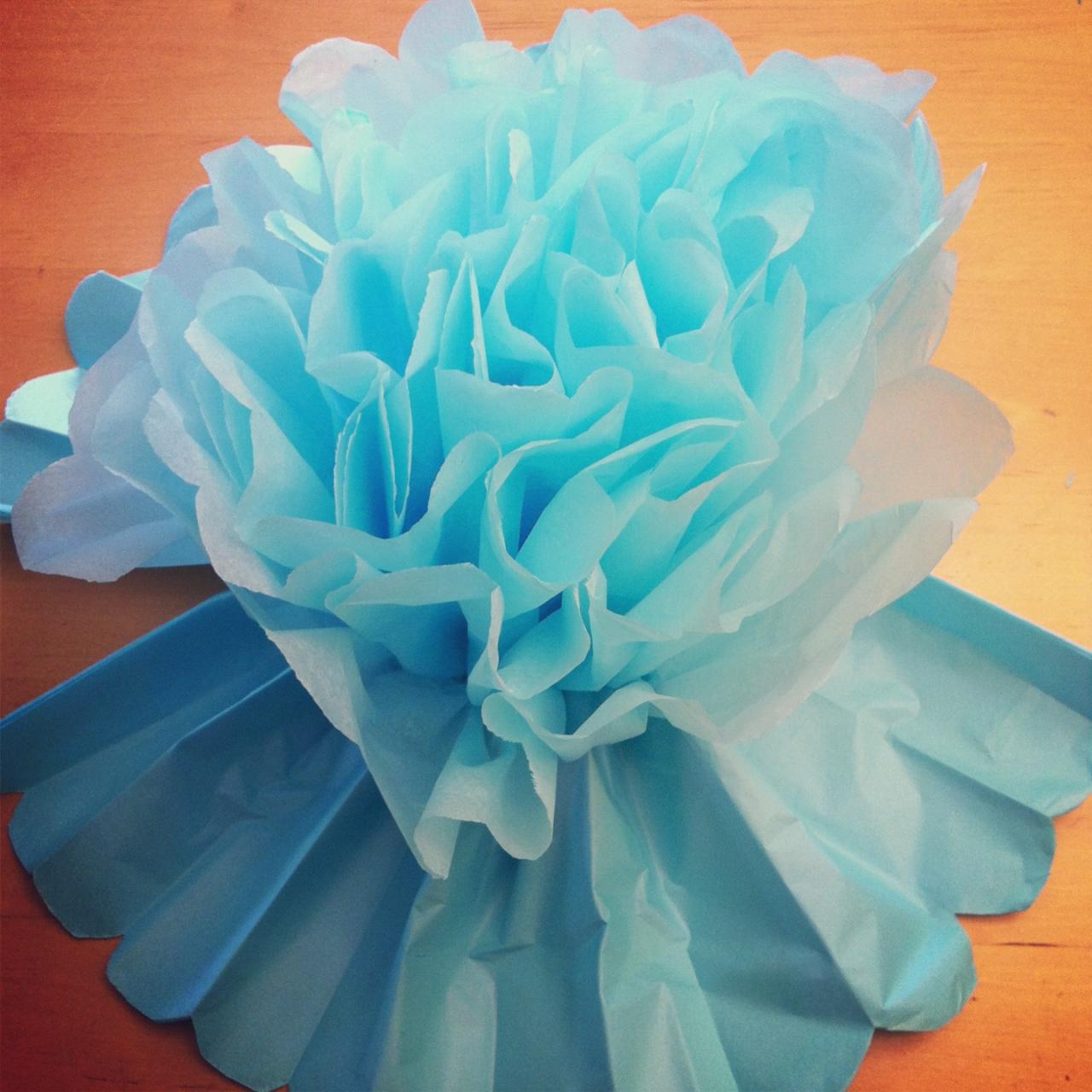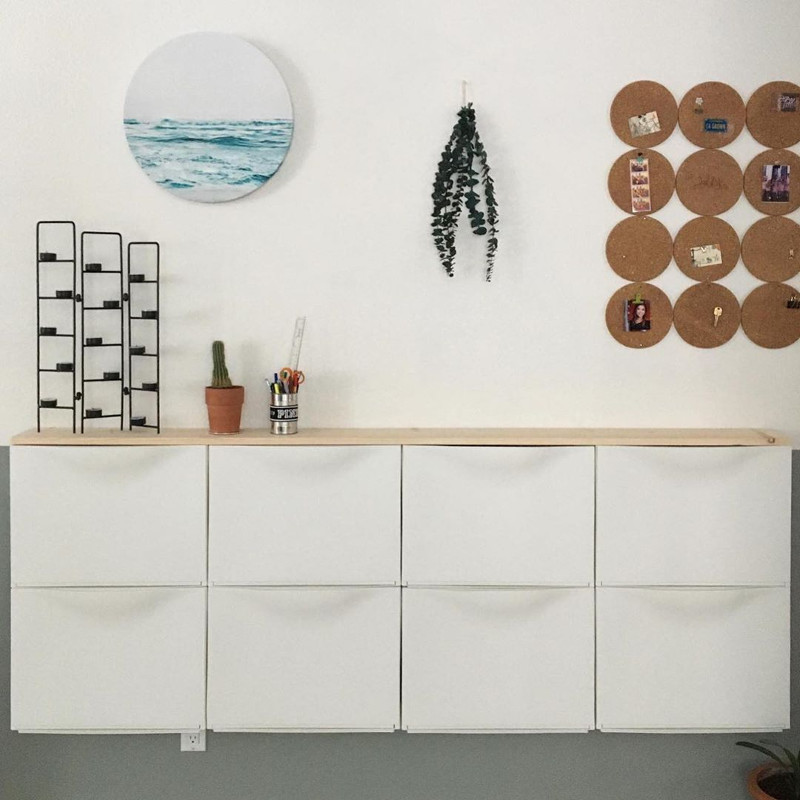Easy DIY sets the stage for a journey of creativity and self-sufficiency, offering a fulfilling experience for anyone looking to enhance their surroundings, personalize their belongings, or simply indulge in a fun and rewarding hobby.
From sprucing up your home decor to crafting unique gifts and creating personalized beauty products, the possibilities are endless with easy DIY projects. Whether you’re a seasoned crafter or a curious beginner, this guide will equip you with the knowledge and inspiration to embark on your own DIY adventures.
Introduction to Easy DIY
Easy DIY refers to do-it-yourself projects that are relatively simple and achievable, even for beginners with limited experience. These projects are designed to be accessible and enjoyable, empowering individuals to create and personalize their surroundings without requiring extensive skills or specialized tools.
Easy DIY projects offer numerous benefits, fostering creativity, problem-solving abilities, and a sense of accomplishment. They provide an outlet for self-expression and allow individuals to customize their living spaces according to their preferences. Moreover, engaging in DIY projects can be a rewarding and cost-effective way to enhance the aesthetics and functionality of one’s home or surroundings.
Common Easy DIY Projects
Easy DIY projects encompass a wide range of activities, from simple home décor upgrades to practical repairs and functional enhancements. Here are some examples of popular and achievable projects:
- Upcycling and Repurposing: Transforming old furniture, clothing, or household items into new and useful objects. For example, turning old pallets into shelves or repurposing glass jars into decorative vases.
- Wall Decor: Creating personalized artwork, using stencils, or applying wallpaper to enhance the ambiance of a room.
- Simple Repairs: Fixing minor plumbing issues, replacing light fixtures, or patching holes in walls.
- Gardening: Planting herbs, flowers, or vegetables in containers or small gardens.
- Crafting: Making homemade candles, soap, or jewelry.
Easy DIY Projects for Upcycling and Repurposing
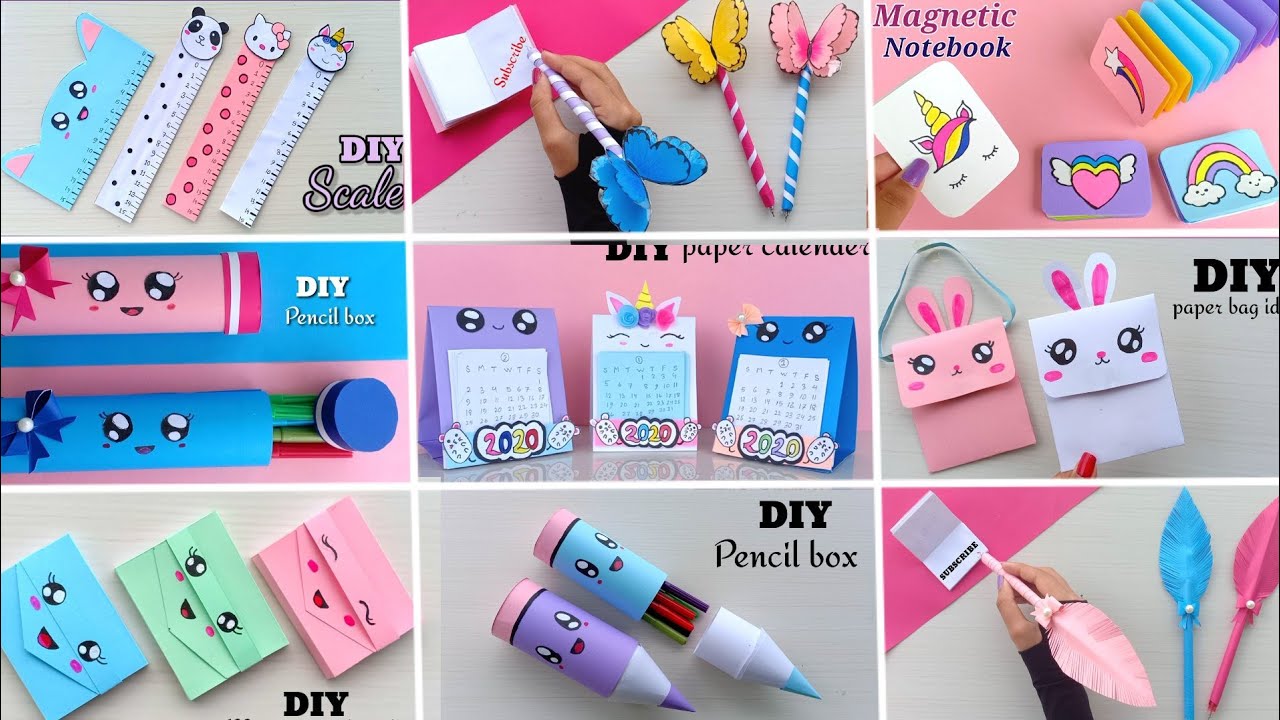
Upcycling and repurposing are fantastic ways to give old items a new life, reducing waste and creating unique pieces for your home or personal use. It’s a creative and sustainable approach to crafting and design.
Benefits of Upcycling and Repurposing
Upcycling and repurposing offer numerous benefits, including:
- Environmental Sustainability: By giving old items a new purpose, you reduce the demand for new materials and minimize waste going to landfills.
- Cost Savings: Using existing materials can significantly reduce the cost of your DIY projects.
- Creative Expression: Upcycling allows you to express your creativity and personalize your belongings.
- Unique and One-of-a-Kind Creations: Repurposed items often have a unique character and story that makes them stand out.
- Sense of Accomplishment: Transforming something old into something new can be a rewarding experience.
Easy DIY Upcycling and Repurposing Projects
Here are some easy DIY projects for upcycling and repurposing:
- Turn old jars into storage containers: Clean and decorate glass jars with paint, fabric, or twine to create stylish storage solutions for your kitchen, bathroom, or craft room.
- Transform old pallets into furniture: Pallets can be easily disassembled and repurposed into coffee tables, shelves, or even beds.
- Upcycle old t-shirts into tote bags: Cut and sew old t-shirts into reusable tote bags for shopping or carrying your essentials.
- Repurpose old books into decorative items: Use old books to create unique bookends, wall art, or even planters.
- Create a jewelry organizer from an old picture frame: Remove the glass and backing of an old picture frame and use it to organize your jewelry, using fabric, hooks, or other decorative elements.
Tips for Transforming Old Items
Here are some tips for transforming old items into new creations:
- Clean and prepare your materials: Before you start upcycling or repurposing, make sure your items are clean and free of any debris or residue.
- Consider the material: Different materials require different techniques and tools. Research the best methods for working with your chosen material.
- Think about the purpose: What do you want to create? Consider the size, shape, and function of the item you’re repurposing.
- Embrace imperfections: The beauty of upcycling lies in its imperfections. Don’t be afraid to embrace the character of your old items.
- Be creative: There are no rules in upcycling and repurposing. Let your imagination run wild and experiment with different ideas.
Environmental Impact of Upcycling and Repurposing
Upcycling and repurposing have a significant positive impact on the environment. They reduce the amount of waste that goes to landfills, conserve natural resources, and minimize the carbon footprint associated with manufacturing new products.
Easy DIY Projects for Personal Care and Beauty
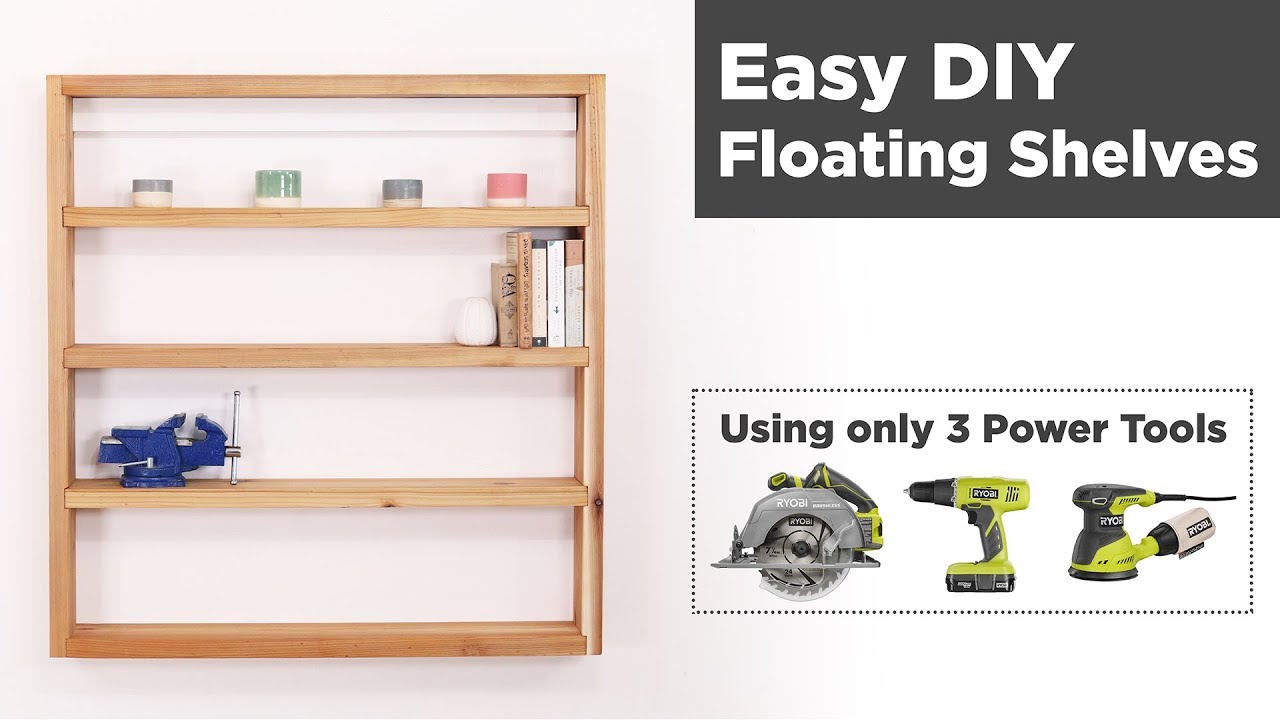
Making your own personal care products is a rewarding and cost-effective way to pamper yourself while using natural ingredients. These projects are easy to make and require minimal ingredients.
Natural Ingredients and Their Benefits
Natural ingredients offer a wide range of benefits for your skin and hair. Here are a few examples:
- Aloe vera: Soothes and hydrates the skin, reduces inflammation, and helps heal burns and cuts.
- Coconut oil: Moisturizes and nourishes the skin and hair, helps prevent hair breakage, and has antibacterial and antifungal properties.
- Honey: A natural humectant, meaning it attracts and retains moisture, it also has antibacterial and anti-inflammatory properties.
- Shea butter: Rich in vitamins and fatty acids, it deeply moisturizes the skin and helps protect it from environmental damage.
- Oatmeal: Soothes irritated skin, reduces inflammation, and gently exfoliates.
DIY Lip Balm
Lip balm is a must-have for keeping your lips hydrated and protected, especially during cold weather. Here’s a simple recipe for a DIY lip balm:
Ingredients:
- 1 tablespoon beeswax
- 1 tablespoon coconut oil
- 1 teaspoon shea butter
- 1/2 teaspoon vitamin E oil (optional)
- A few drops of essential oil (optional, for scent)
Instructions:
- Combine the beeswax, coconut oil, and shea butter in a small saucepan over low heat.
- Stir until the ingredients are melted and smooth.
- Remove from heat and stir in the vitamin E oil and essential oil (if using).
- Pour the mixture into small lip balm containers or tins.
- Allow the balm to cool and harden completely before using.
DIY Facial Scrub
Facial scrubs help remove dead skin cells, leaving your skin feeling smooth and refreshed. This recipe uses oatmeal and honey for gentle exfoliation and hydration:
Ingredients:
- 1/4 cup ground oatmeal
- 1 tablespoon honey
- 1 tablespoon plain yogurt (optional)
Instructions:
- Combine the oatmeal, honey, and yogurt (if using) in a small bowl.
- Mix well to form a paste.
- Apply the scrub to your face in gentle circular motions.
- Rinse with warm water and pat your face dry.
DIY Hair Mask
Hair masks can help nourish and strengthen your hair, leaving it soft and shiny. This recipe uses avocado and coconut oil for deep conditioning:
Ingredients:
- 1 ripe avocado
- 2 tablespoons coconut oil
- 1 tablespoon honey (optional)
Instructions:
- Mash the avocado in a bowl until smooth.
- Add the coconut oil and honey (if using) and mix well.
- Apply the mask to your hair, focusing on the ends.
- Cover your hair with a shower cap and leave the mask on for 30 minutes to an hour.
- Rinse your hair thoroughly with shampoo and conditioner.
Tips for Making DIY Personal Care Products Safe and Effective
- Use high-quality ingredients: Choose organic and natural ingredients whenever possible. Avoid using ingredients that may irritate your skin or cause allergic reactions.
- Store your products properly: Keep your DIY products in airtight containers in a cool, dry place. This will help prevent spoilage and maintain their effectiveness.
- Test for sensitivity: Before applying a new DIY product to your entire face or body, test it on a small area of your skin first. This will help you determine if you have any sensitivities or allergies.
- Use essential oils sparingly: While essential oils can add a pleasant scent, they can also be irritating to some people’s skin. Use them in moderation and always dilute them in a carrier oil.
- Consult a healthcare professional: If you have any concerns about using DIY personal care products, consult with a dermatologist or other healthcare professional.
Easy DIY Projects for Kids
Engaging kids in DIY projects can be a fun and rewarding experience. It fosters creativity, problem-solving skills, and a sense of accomplishment. Not only that, but it can also be a great way to bond with your children and create lasting memories.
Importance of Engaging Kids in DIY Projects
Encouraging children to participate in DIY projects is crucial for their development. It allows them to explore their imagination, learn new skills, and develop a sense of responsibility.
- Creativity and Imagination: DIY projects provide a platform for children to express their creativity and come up with unique solutions. They can experiment with different materials, colors, and designs, fostering their imagination and artistic abilities.
- Problem-Solving Skills: DIY projects often involve challenges that require children to think critically and find solutions. This process enhances their problem-solving skills, which are essential for academic and personal growth.
- Sense of Accomplishment: Completing a DIY project, no matter how simple, gives children a sense of pride and accomplishment. It boosts their confidence and motivates them to take on new challenges.
- Hand-Eye Coordination: Many DIY projects require children to use their hands and eyes together, improving their hand-eye coordination and fine motor skills.
- Bonding and Family Time: DIY projects can be a great way for families to spend quality time together. Working on a project as a team fosters communication, collaboration, and shared experiences.
Tips for Making DIY Projects Fun and Educational for Children
To make DIY projects enjoyable and enriching for kids, consider these tips:
- Start Simple: Begin with easy projects that are age-appropriate and gradually introduce more complex ones as children develop their skills.
- Make it Fun: Incorporate games, songs, or stories into the project to keep children engaged and entertained. For example, while making a bird feeder, tell stories about birds and their habitats.
- Focus on Safety: Always supervise children and ensure they use appropriate tools and materials safely. Explain safety precautions and rules before starting any project.
- Encourage Exploration: Allow children to experiment and make mistakes. It’s through trial and error that they learn and develop their skills.
- Let Them Take Ownership: Encourage children to choose their projects, materials, and designs. This gives them a sense of ownership and responsibility.
- Celebrate Success: Acknowledge and celebrate children’s accomplishments, no matter how small. This reinforces their efforts and encourages them to continue exploring DIY projects.
Easy DIY Projects for Kids of Different Ages
- Toddlers (Ages 1-3): Simple projects that involve sensory exploration and basic skills are ideal for toddlers. Examples include:
- Salt Dough Ornaments: Mix flour, salt, and water to create a dough. Let children roll out the dough and cut out shapes using cookie cutters. Bake the ornaments until hardened.
- DIY Play Dough: Combine flour, salt, cream of tartar, water, and food coloring to make colorful play dough. Let children knead and shape the dough.
- Nature Crafts: Collect leaves, sticks, and stones from nature walks and use them to create simple crafts. For example, arrange leaves in a pattern on a piece of paper or glue sticks to make a nature stick picture.
- Preschoolers (Ages 3-5): Preschoolers are ready for more complex projects that involve cutting, gluing, and painting. Examples include:
- Paper Plate Animals: Use paper plates, markers, and googly eyes to create animal masks or puppets.
- Cardboard Box Creations: Turn empty cardboard boxes into playhouses, cars, or castles. Encourage children to decorate the boxes with paint, markers, and other craft supplies.
- Homemade Bird Feeders: Use recycled materials like milk cartons or plastic bottles to create bird feeders. Let children decorate the feeders with paint and attach string for hanging.
- Elementary School Kids (Ages 6-12): Elementary school children can handle more intricate projects that require following instructions and using tools. Examples include:
- Recycled Crafts: Encourage children to upcycle old items like tin cans, plastic bottles, and cardboard tubes into new creations. They can make pencil holders, planters, or jewelry organizers.
- DIY Slime: Combine glue, borax, and water to make slime. Let children experiment with different colors and textures.
- Simple Sewing Projects: Introduce basic sewing skills by teaching children how to sew buttons, make simple bags, or create fabric bookmarks.
Easy DIY Projects for Gifts
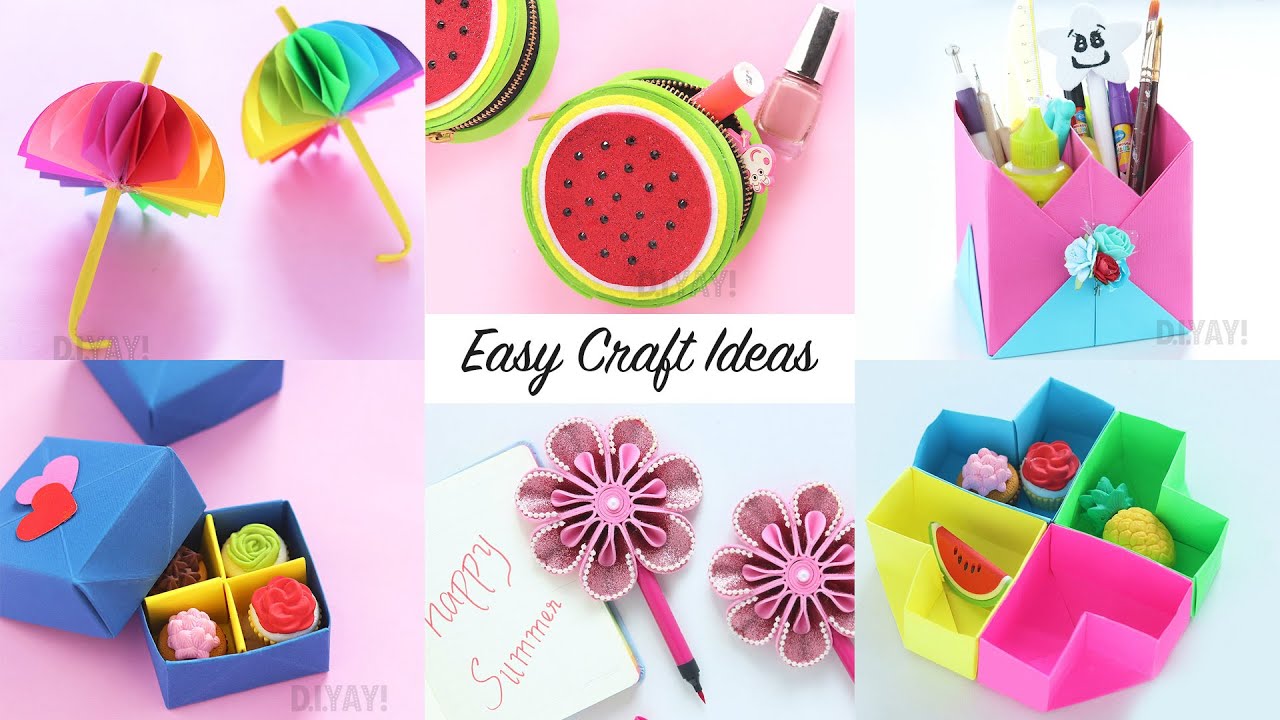
Giving personalized gifts is a thoughtful way to show someone you care. Not only do homemade gifts demonstrate your creativity and effort, but they also add a personal touch that store-bought items can’t match. Here are some easy DIY projects for homemade gifts that are sure to impress.
Benefits of Giving Personalized Gifts
Personalized gifts are a great way to show someone you care. They demonstrate that you put thought and effort into the gift, and that you took the time to create something special for them. They are also a great way to express your love and appreciation for someone.
Tips for Creating Unique and Thoughtful DIY Gifts
- Consider the recipient’s interests and hobbies. This will help you choose a project that they will truly appreciate.
- Use high-quality materials. This will ensure that your gift looks professional and lasts longer.
- Add a personal touch. This could be a handwritten note, a special embellishment, or a unique design.
- Package your gift beautifully. This will make it even more special and memorable.
Easy DIY Gift Projects
Here are three easy DIY gift projects that you can try:
Personalized Coasters
- Gather your materials. You will need:
- Ceramic tiles (4×4 inches)
- Mod Podge
- Paintbrush
- Scissors
- Tissue paper or scrapbook paper
- Cork squares (4×4 inches)
- Hot glue gun
- Cut out squares of tissue paper or scrapbook paper that are slightly larger than the ceramic tiles.
- Apply a thin layer of Mod Podge to the top of a ceramic tile.
- Carefully place the tissue paper or scrapbook paper on top of the Mod Podge.
- Smooth out any wrinkles or bubbles.
- Apply another layer of Mod Podge over the tissue paper or scrapbook paper.
- Let the Mod Podge dry completely.
- Hot glue a cork square to the bottom of each tile.
Scented Candles
- Gather your materials. You will need:
- Soy wax flakes
- Glass jars
- Wicks
- Essential oils or fragrance oils
- Double boiler or heat-safe pot and bowl
- Thermometer
- Wooden skewers
- Scissors
- Cut the wicks to the desired length and secure them to the bottom of the glass jars using a wick sticker.
- Melt the soy wax flakes in the double boiler or heat-safe pot and bowl over low heat.
- Once the wax is melted, remove it from the heat and allow it to cool slightly.
- Add your chosen essential oils or fragrance oils to the wax.
- Pour the wax into the glass jars, leaving about half an inch of space at the top.
- Use wooden skewers to center the wicks and remove any air bubbles.
- Let the candles cool and harden completely before burning.
Homemade Bath Salts
- Gather your materials. You will need:
- Epsom salts
- Baking soda
- Essential oils
- Dried herbs or flower petals (optional)
- Glass jar or container
- Combine equal parts Epsom salts and baking soda in a bowl.
- Add a few drops of your favorite essential oils.
- If desired, add a few tablespoons of dried herbs or flower petals.
- Mix well.
- Pour the bath salts into a glass jar or container.
- Add a ribbon or label for a personalized touch.
Easy DIY Projects for Garden and Yard
Transforming your outdoor space into a beautiful and functional haven doesn’t require a hefty budget or professional help. With a little creativity and effort, you can create a garden that reflects your personal style and provides a relaxing retreat. DIY projects offer a cost-effective way to enhance your garden and yard, allowing you to personalize your space and enjoy the satisfaction of creating something with your own hands.
Benefits of DIY Garden Projects
DIY projects for your garden and yard offer numerous benefits beyond cost savings. They provide a sense of accomplishment and allow you to express your creativity. You can tailor projects to your specific needs and preferences, ensuring your outdoor space truly reflects your unique style. Moreover, DIY projects encourage a connection with nature, fostering a deeper appreciation for your surroundings.
Easy DIY Projects for Garden and Yard
Here are some easy DIY projects to enhance your garden and yard:
- Create a DIY Bird Feeder: Bird feeders attract beautiful birds to your garden, adding a touch of life and color. You can easily construct a feeder using recycled materials like plastic bottles or milk jugs. Simply cut a hole in the container, attach a perch, and fill it with birdseed.
- Build a Raised Garden Bed: Raised beds offer a practical and aesthetically pleasing way to grow vegetables, herbs, or flowers. You can use readily available materials like wood planks or pallets to build a sturdy bed. The elevated design improves drainage and allows for better control over soil conditions.
- Install a DIY Trellis: Trellises provide vertical support for climbing plants, creating a visually appealing and space-saving solution. You can use lattice panels, bamboo stakes, or even recycled materials like old window frames to construct a trellis.
- Construct a DIY Water Feature: Water features add a calming ambiance and attract beneficial insects to your garden. You can create a simple water feature using a container, a pump, and some decorative stones.
- Build a DIY Garden Bench: A garden bench provides a comfortable spot to relax and enjoy your outdoor space. You can use salvaged wood or repurposed materials to build a sturdy and stylish bench.
Building a DIY Bird Feeder
To create a simple bird feeder, you’ll need a plastic bottle, a wooden dowel or branch for a perch, birdseed, and some string or wire.
- Prepare the Bottle: Clean and dry the plastic bottle thoroughly. Cut a circular hole near the top of the bottle, large enough for birds to access the seed.
- Attach the Perch: Drill two small holes on opposite sides of the bottle, near the opening. Insert the wooden dowel or branch through the holes and secure it with glue or screws.
- Fill the Feeder: Fill the bottle with birdseed.
- Hang the Feeder: Tie a string or wire to the neck of the bottle and hang it from a tree branch or a sturdy hook.
Constructing a Raised Garden Bed
Building a raised garden bed is a straightforward project that requires basic carpentry skills. You’ll need wood planks, screws, and a measuring tape.
- Choose the Dimensions: Decide on the desired length, width, and height of your raised bed.
- Cut the Wood: Measure and cut the wood planks to the desired size using a saw.
- Assemble the Frame: Join the wood planks together using screws to create a rectangular frame.
- Fill with Soil: Once the frame is assembled, fill the bed with a suitable potting mix or garden soil.
Installing a DIY Trellis
Trellises can be built using various materials, including lattice panels, bamboo stakes, or even recycled window frames.
- Choose a Material: Select a material that complements your garden’s style and suits your budget.
- Measure and Cut: Measure the desired size of the trellis and cut the materials accordingly.
- Assemble the Trellis: Join the materials together using screws, nails, or wire to create a sturdy frame.
- Install the Trellis: Dig a small hole in the ground and secure the base of the trellis with stakes or concrete.
Resources and Inspiration for Easy DIY
Finding inspiration for DIY projects is crucial for getting started and staying motivated. The right resources can guide you through the process, from choosing the perfect project to finding the necessary materials and techniques.
Finding Inspiration for DIY Projects
Exploring a wide range of sources is essential for discovering new ideas and techniques.
- Websites and blogs dedicated to DIY projects provide step-by-step instructions, tips, and tricks, as well as inspiration for various projects. Some popular websites include Pinterest, Instructables, and DIY Network.
- Social media platforms like Instagram and YouTube are brimming with DIY enthusiasts sharing their projects, tutorials, and creative ideas. Following DIY accounts and hashtags can expose you to a diverse range of projects and styles.
- DIY magazines offer a curated selection of projects, design ideas, and expert advice, providing a tangible source of inspiration.
- Visiting local craft stores and browsing through their aisles can spark creativity and introduce you to new materials and techniques.
Examples of Inspiring DIY Projects
- Upcycling old furniture: Transforming an old dresser into a stylish vanity using paint, hardware, and decorative elements.
- Creating personalized gifts: Crafting unique and thoughtful gifts, such as handmade jewelry, painted mugs, or decorated photo frames.
- Building a small garden: Designing and constructing a raised garden bed or a miniature herb garden using recycled materials.
- Decorating your home: Upgrading your living space with DIY projects like creating a gallery wall, building a floating shelf, or adding decorative accents.
Sharing Your DIY Creations
Sharing your own DIY projects can inspire others and foster a sense of community.
- Document your projects with photos and videos, and share them on social media platforms.
- Create a blog or website to showcase your DIY creations and provide tutorials for others.
- Join online DIY communities and forums to connect with other enthusiasts and share your experiences.
Closure: Easy Diy
Embracing easy DIY projects is a rewarding journey that empowers you to create, personalize, and express your unique style. Whether you’re transforming old items into new treasures, enhancing your living space, or crafting thoughtful gifts, the world of DIY offers endless opportunities for creativity, satisfaction, and a touch of personal magic.
Easy DIY projects are a great way to express your creativity and add a personal touch to your life. Whether you’re looking for a fun weekend activity or a thoughtful gift, there are countless possibilities. If you’re looking for some inspiration, check out these DIY Valentine’s Day projects for unique and heartfelt gifts.
From handmade cards to personalized decorations, there’s something for everyone. So gather your supplies and get ready to create something special!

